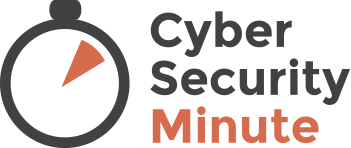 Keep Employees Secure, Wherever They Are
Keep Employees Secure, Wherever They Are
As workers grow more dispersed, organizations need to focus on three areas to maintain security. Nearly 80% of professionals work remotely at least one day a week, and 1.55 billion others are expected to work outside the boundaries of the corporate office by 2020, according to Frost & Sullivan research. This shift to a mobile…
